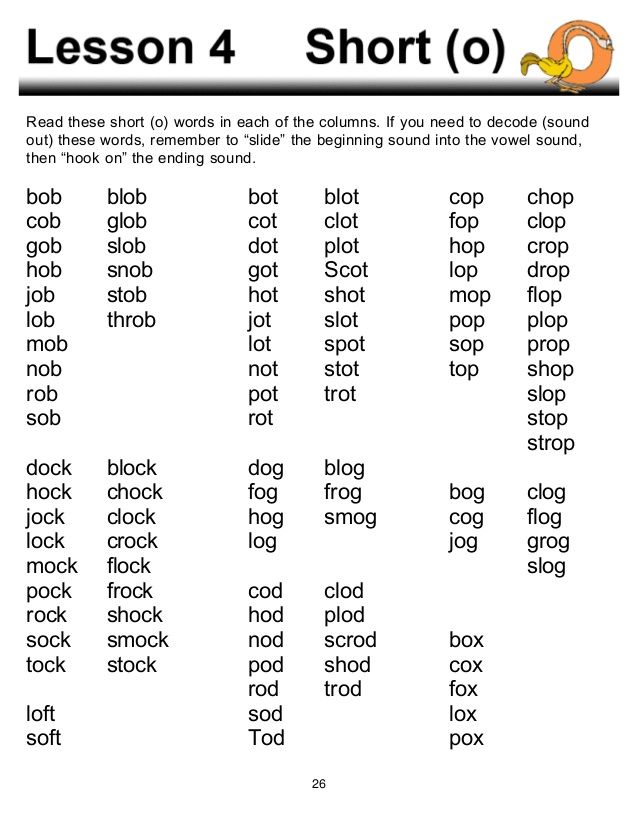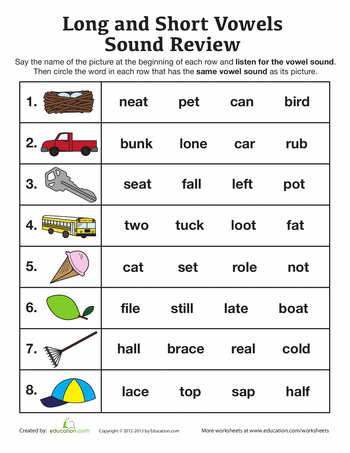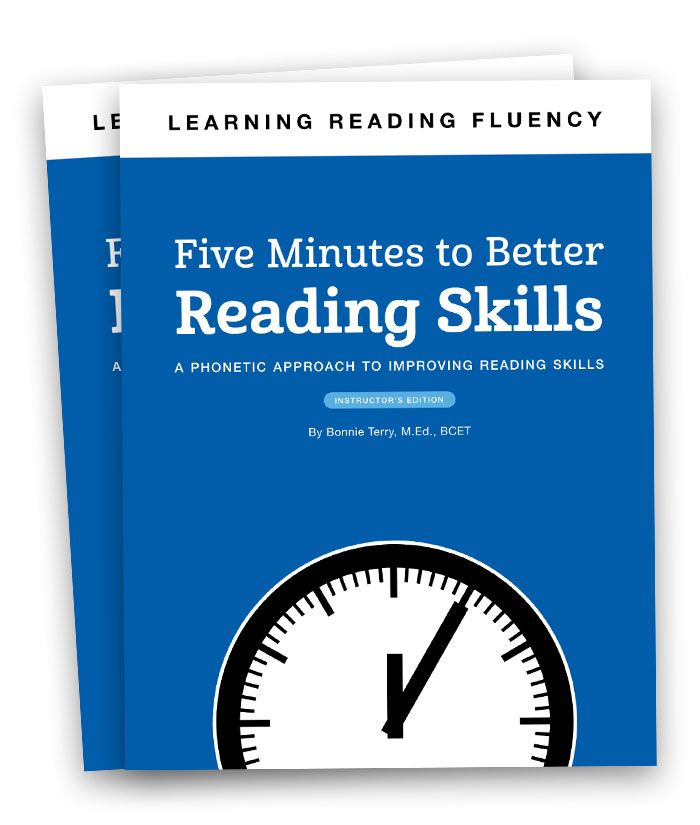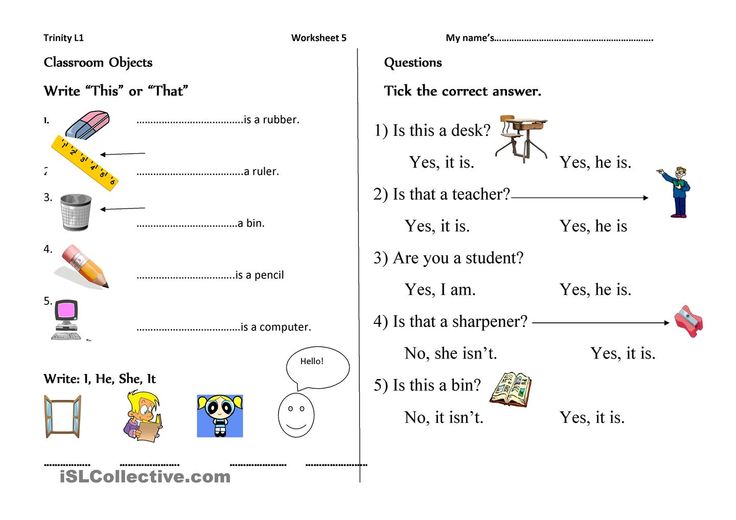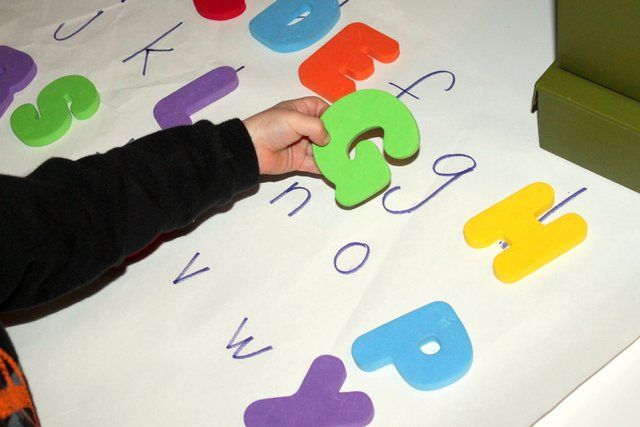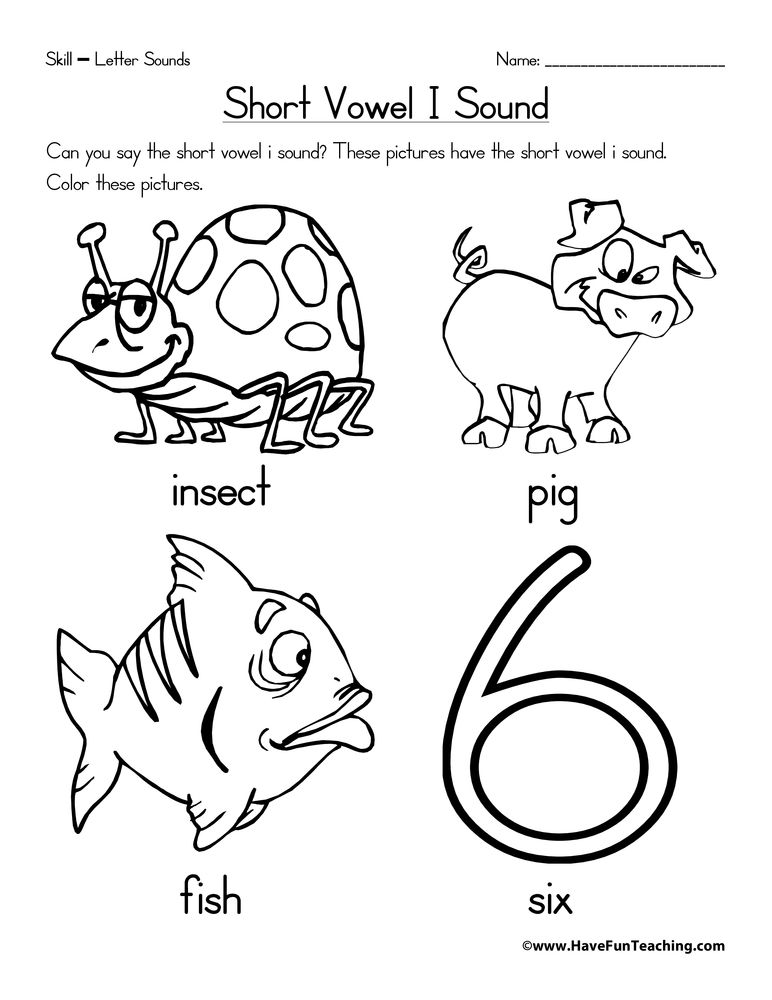How to identify short vowel sounds
Short Vowels and Long Vowels Lesson Plan
Objectives:
- Students will learn how to recognize and remember the sounds of both short vowels and long vowels.
- Students will be able to produce the sounds of the short vowels and long vowels in isolation.
About the Concept:
Vowels in the English language can represent a variety of sounds. The first step in mastering the various vowel sounds is learning the difference between short vowels and long vowels. Of the two, the long vowels are easier for children to learn because long vowels basically sound the same as the letter names. For example, long a sounds like the a in able, long
o sounds like the o in over, and long u may sound like the u in use or the u in blue. Children generally find it more challenging to learn the short vowel sounds because many of them sound so similar to each other: The short i in pig sounds very similar to the short e in peg. The short o in pop sounds a lot like the short u in pup. Before children can learn the rules for spelling and reading short and long vowel sounds, they must be able to recognize and produce these sounds reliably. The short vowels can represented by a curved symbol above the vowel: ă, ĕ, ĭ, ŏ, ŭ. The long vowels can be represented by a horizontal line above the vowel: ā, ē, ī, ō, ū. Here are some examples of short vowel words: at, egg, it, ox, up.
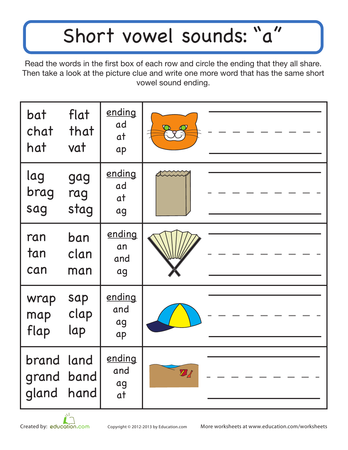 Here are some examples of long vowel words: ate, each, ice, oak, use
. When students have learned to recognize the vowel sounds in Oh, Do You Know?, they can learn short vowel spelling patterns through the Volume 1 song Spelling Families. Long vowel spelling patterns are covered in the Volume 1 songs Talking and Walking and Silent E. Some other songs that teach students about vowel spelling patterns are the Volume 2 songs, Spelling Choices, Cool Vowels, The Right Diphthong, and I Before E, and the Volume 3 songs Why Does Y? and Drop It!.
Here are some examples of long vowel words: ate, each, ice, oak, use
. When students have learned to recognize the vowel sounds in Oh, Do You Know?, they can learn short vowel spelling patterns through the Volume 1 song Spelling Families. Long vowel spelling patterns are covered in the Volume 1 songs Talking and Walking and Silent E. Some other songs that teach students about vowel spelling patterns are the Volume 2 songs, Spelling Choices, Cool Vowels, The Right Diphthong, and I Before E, and the Volume 3 songs Why Does Y? and Drop It!.
Materials:
- Sing Your Way Through Phonics Volume 1 CD, Tracks 9 and 10 (Listen to audio sample)
- Sing Your Way Through Phonics Volume 1 Mini-Charts (pp. 41-46)
- Letter cards for a, e, i, o, and u.
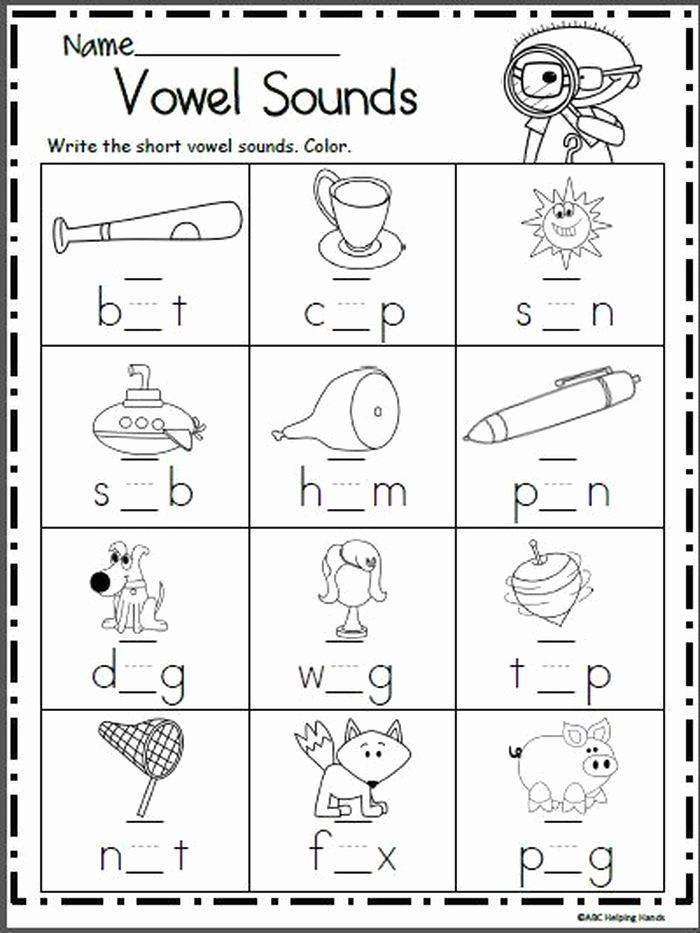
- Chart displaying long vowel words and pictures (ex. ape, eagle, ice cream, ocean, unicorn)
- Chart displaying short vowel symbols, words and pictures (ex. alligator, eggs, iguana, octopus, umbrella)
- Optional: Cards with medial-position short vowel pictures (ex. hat, cat, hen, pen, fish, dish, dog, log, gum, drum)
- Optional: Cards with medial-position long vowel pictures (ex. snake, rake, sheep, sleep, kite, night, goat, coat, flute, suit)
Note: If you do not have the CD or Mini-Charts, you can still teach this short vowels and long vowels lesson plan using the folk tune listed on the Oh, Do You Know? Song Lyrics page. You can create your own mini-charts using the words in bold print letters in each verse of the Song Lyrics.
Find out more about Sing Your Way Through Phonics products.
Order our cost-saving Volume 1 Combo online.
Procedure:
- Review the letter names of the vowels:
a, e, i, o, u, and sometimes y.
 Say, "Today, we are going to learn about how vowels can sound in words. We will focus on a, e, i, o, and u."
Say, "Today, we are going to learn about how vowels can sound in words. We will focus on a, e, i, o, and u." - Display letter cards a, e, i, o, and u. Say, "Sometimes it is easy to hear the vowel in a word. Can you tell me what vowel you hear in the word use (u), in the word eat (e), in the word ape (a), in the word ice (i), in the word oak (o)?" Point to the correct letter card, each time the children answer correctly. Say, "It is easy to hear the vowels in these words because they actually say their own names. When vowels sound just like their own letter names, we call these long vowels."
- Display the chart of the long vowels with pictures and symbols.
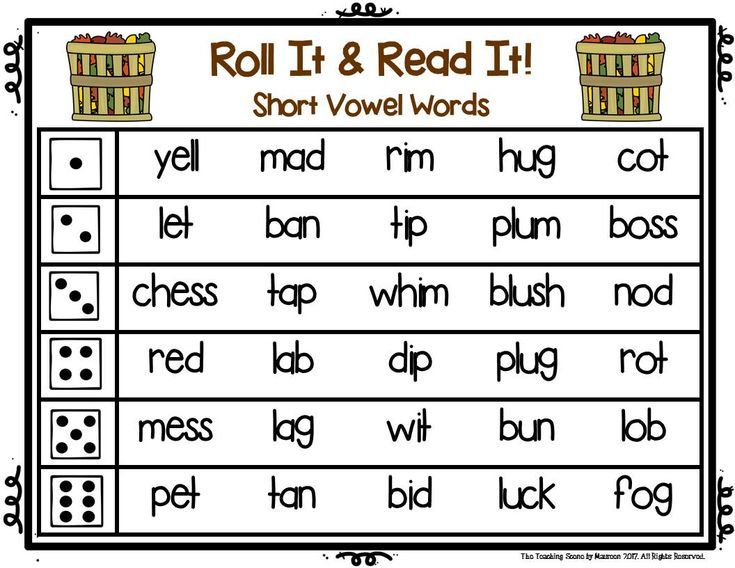 Point to the long vowel chart and say, "We can draw a long line over the vowel if we want to show that it has a long sound. Ask the students to draw this symbol in the air. " Point to
ā, and say, "Long a sounds like the beginning of ape." Say together, "Long ē sounds like the beginning of eagle. Long ī sounds like the beginning of ice cream. Long ō sounds like the beginning of ocean. Long ū sounds like the beginning of unicorn."
Point to the long vowel chart and say, "We can draw a long line over the vowel if we want to show that it has a long sound. Ask the students to draw this symbol in the air. " Point to
ā, and say, "Long a sounds like the beginning of ape." Say together, "Long ē sounds like the beginning of eagle. Long ī sounds like the beginning of ice cream. Long ō sounds like the beginning of ocean. Long ū sounds like the beginning of unicorn." - Say, "Sometimes a vowel has a different sound and does not say its own name." Show the chart with the short vowel words and pictures. Say, "This chart shows words that have a short vowel sounds."
- Point to the symbols on the short vowel chart and say, "We can draw a short smile over the vowel to show that it has a short sound.
 " Ask the students to draw this symbol in the air. Say, "Let's practice the short vowel sounds saying just the beginning of each word on the chart. Can you say just the beginning of the word alligator? (/ă/), the beginning of the word eggs? (/ĕ/), the beginning of the word iguana? (/ĭ/), the beginning of the word octopus? (/ŏ/), the beginning of the word umbrella?" (/ŭ/)
" Ask the students to draw this symbol in the air. Say, "Let's practice the short vowel sounds saying just the beginning of each word on the chart. Can you say just the beginning of the word alligator? (/ă/), the beginning of the word eggs? (/ĕ/), the beginning of the word iguana? (/ĭ/), the beginning of the word octopus? (/ŏ/), the beginning of the word umbrella?" (/ŭ/) - Say, “Now we are going to listen to a song about the vowel sounds to help us remember them. At first, the singers will sing about all the short vowel sounds. Next, the singers will sing about all the long vowel sounds. See if you can think the sounds for each vowel before you hear it in the song.” Play Sing Your Way Through Phonics Volume 1 CD, Track 9--Oh, Do You Know? and point to the Mini-Charts on pages 42-46.
- Point to the symbols on the chart and say, "Did you notice that the short smile and the long line can be written over either capital or lowercase letters? Let's listen to this song again and see if you can answer the singer's questions.
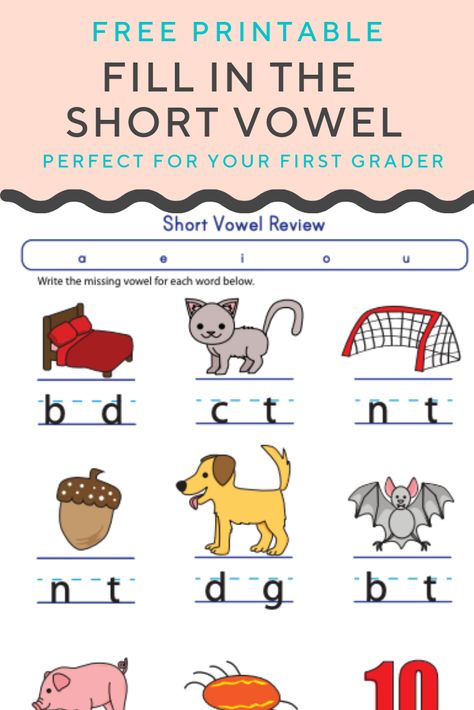 Re-play Sing Your Way Through Phonics Volume 1 CD, Track 9--Oh, Do You Know? Students will hear the question, "Oh, do you know the short a sound, the short a sound, the short a sound?" They should sing the answer, "Oh, yes I know the short a sound. The short a sound is /ă/." For the rest of the questions in the song, students should sing the aswers, "The short e sound is /ĕ/...The short i sound is /ĭ/...The short o sound is /ŏ/..., The short u sound is /ŭ/..., The long a sound is /ā/..., The long e sound is /ē/..., The long i sound is /ī/..., The long o sound is /ō/..., The long u sound is /ū/.
Re-play Sing Your Way Through Phonics Volume 1 CD, Track 9--Oh, Do You Know? Students will hear the question, "Oh, do you know the short a sound, the short a sound, the short a sound?" They should sing the answer, "Oh, yes I know the short a sound. The short a sound is /ă/." For the rest of the questions in the song, students should sing the aswers, "The short e sound is /ĕ/...The short i sound is /ĭ/...The short o sound is /ŏ/..., The short u sound is /ŭ/..., The long a sound is /ā/..., The long e sound is /ē/..., The long i sound is /ī/..., The long o sound is /ō/..., The long u sound is /ū/. " Teachers can point to the children to cue them when it is their turn to answer the song's question.
" Teachers can point to the children to cue them when it is their turn to answer the song's question. - Listen to the song again, but this time assign a part of the class to sing the song's questions and a part of the class to sing the song's answers. Then switch roles singing questions and answers. Variations: The teacher sings the questions and students sing the answers or vice versa. A small group of students sing the questions and the rest of the class sings the answers or vice versa. Those singing the answers can write the appropriate symbols in the air or make large symbols with their arm positions as they sing the short or long sounds. Examples: Hold arms out to the sides arching upward for short vowels. Hold arms straight out to the sides for long vowels.
Follow-up:
- Practice singing Oh, Do You Know daily for a few days. Then try singing the song without hearing the words, using the instrumental track (Track 10).
 Allow different students to point to the Mini-Charts words while singing.
Allow different students to point to the Mini-Charts words while singing. - Using the Mini-Chart Templates, vary the order of vowels (Ex:short i, short a, short u, short e, short o) or vary short and long vowels in sequence (Ex: short a, long a, short e, long e, etc.)
- As a learning center task, have students match pairs of picture cards with the same vowel sounds (Ex: cat/hat, snake/rake). Note: At this point in their learning, it is easier for children to do this task if rhyming words are used. As they advance, they may be able to match short common vowels in pictures of non-rhyming words such as bag and bat.
Extensions:
- Introduce the Read-and-Sing Book, Oh, Do You Know?. The comical illustrations provide several examples of each sound in the song.
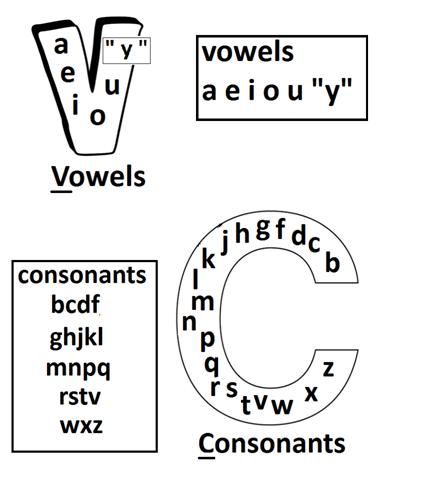 When children sing, "Oh, do you know the short a sound?", they can point to cats, apples, ants, an ax, a hat, and a basket. For long a, they will find Amos listening to the radio, holding a May calendar next to a table with cake, maple syrup, grapes, and plates. After children can remember all the vowel sounds, they can sing on their own with the instrumental version of the song and perhaps create their own short and long vowel pictures. They will also enjoy grouping objects that have the same vowel sounds or creating collages of magazine cut-outs. Keep a few copies of the book at a literacy center equipped with headsets so that students can gain practice in listening, singing, and remembering the sounds of the long and short vowels.
When children sing, "Oh, do you know the short a sound?", they can point to cats, apples, ants, an ax, a hat, and a basket. For long a, they will find Amos listening to the radio, holding a May calendar next to a table with cake, maple syrup, grapes, and plates. After children can remember all the vowel sounds, they can sing on their own with the instrumental version of the song and perhaps create their own short and long vowel pictures. They will also enjoy grouping objects that have the same vowel sounds or creating collages of magazine cut-outs. Keep a few copies of the book at a literacy center equipped with headsets so that students can gain practice in listening, singing, and remembering the sounds of the long and short vowels. - Using 3-letter or 4-letter words, explain the rule that when one vowel is in the middle of a word, it is usually short (Ex. bag, sit, bed). Print some of these words on a word wall. Pointing to an appropriate word, perform this rap to reinforce the short vowel rule: "Got one vowel in the middle of the word, got one vowel in the middle of the word, got one vowel in the middle of the word--Say /ă/, say /ă/, say /ă/ [clap-clap].
 Repeat by pointing to another appropriate word and another short vowel sound until all short vowel sounds have been covered. Variations: Add back and forth side-steps while reciting the rap. Change the ending claps to taps, stomps, or knocks. Add rhythm instruments to help keep the beat.
Repeat by pointing to another appropriate word and another short vowel sound until all short vowel sounds have been covered. Variations: Add back and forth side-steps while reciting the rap. Change the ending claps to taps, stomps, or knocks. Add rhythm instruments to help keep the beat. - Find short vowel words in children's books and poems. Examples: From Shel Silverstein's Poetry in Where the Sidewalk Ends-Ickle Me, Pickle Me, Tickle Me, Too for short i; Jimmy Jet and his TV Set for short e. Singing games like The Banana Song (using the name Anna). Dr. Seuss' There's a Wocket in my Pocket and Fox in Sox for short o. Nursery Rhymes like Jack Sprat for short a; Diddle Diddle Dumpling for short i, short u, short o, and short e; Hickety-Pickety for short i and short e.
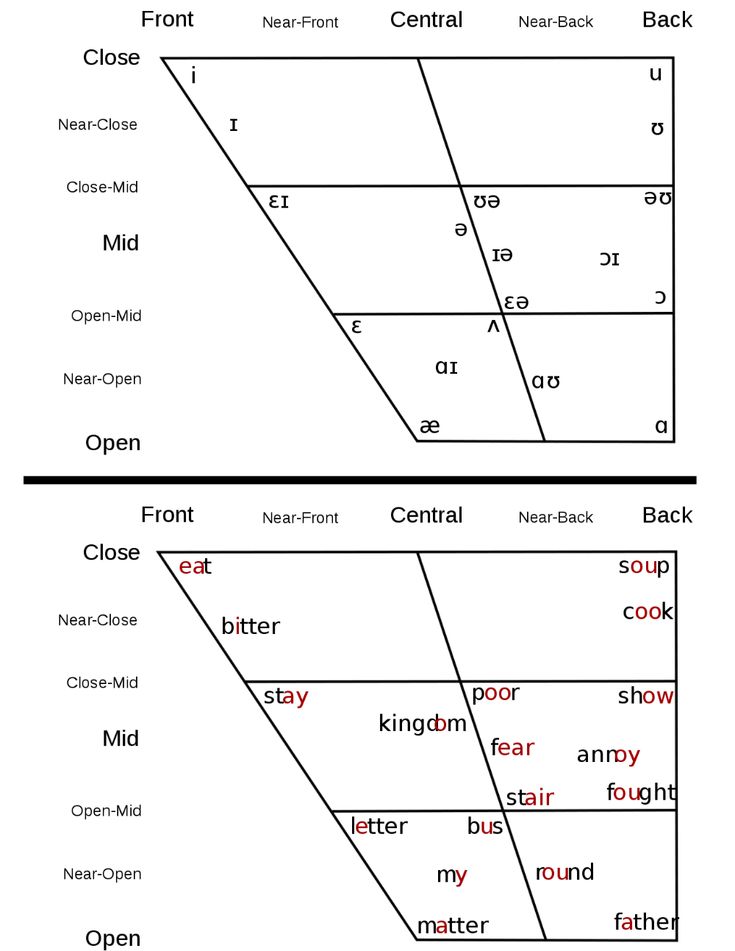
- Find short and long vowel sounds in students' names. Ex. Ann, Ellen, Jim, John, Buddy for short vowels; Jake, Steve, Mike, Joan, and Judy for long vowels.
- Find short and long vowel sounds in environmental words like Exit, Stop, Bus, In. Label classroom objects that illustrate short and long vowel sounds: dĕsk, chāir, tāble, gāme, pĕncils, pĕns, pāper, shĕlf, răck, lĕdge, ēasel.
- Have a Show-and-Tell time where children bring in objects with a particular short or long vowel sound. Place these or other objects on a table labeled with that vowel and the short or long symbol.
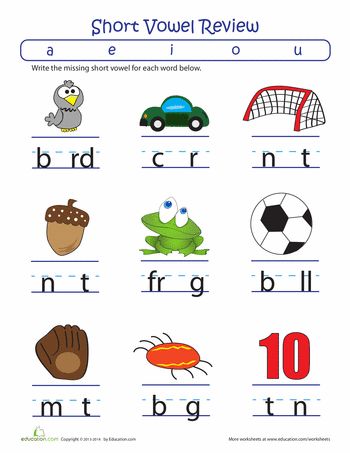
Evaluation:
- Students can produce the correct short vowel and long vowel sounds on Mini-Charts pp.41-46 without assistance.
- Students pass a written or manipulative test where they match pairs of short vowel pictures and long vowel pictures.
Order our cost-saving Sing Your Way Through Phonics Volume 1 Combo online ($33.95) containing the CD, Mini-Charts, Song Lyrics, and Teaching Suggestions — everything you need for this lesson! Or, print out an order form to mail/FAX to us.
All About Short and Long Vowel Sounds for Preschoolers
Have you ever wondered or been asked by your child why ‘a’ in ‘cat’ and ‘cake’ sound different? Or why words like ‘cub’ and ‘cube’ are pronounced differently though their spellings are almost similar? Well, you are not alone!
The sounds of the letters of the English alphabet can vary quite a bit. In some cases, it can get tricky. Not all letters make the same sound in all words.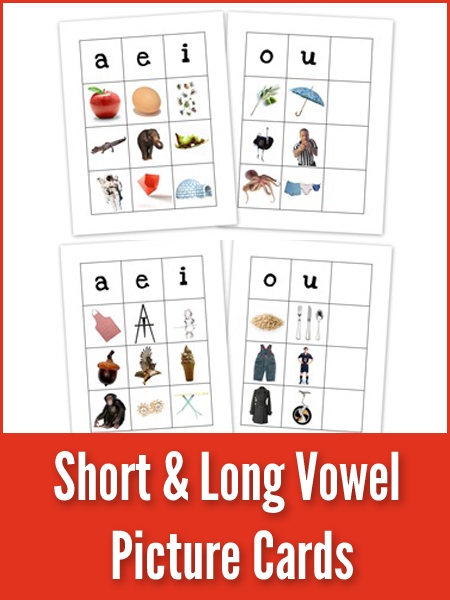 Teaching preschoolers to read English can be challenging as the letters can make different sounds depending on how they are used. A case in point is the short and long vowel sounds for preschoolers. Read on to find out how your child can learn vowel sounds and recognize their differences.
Teaching preschoolers to read English can be challenging as the letters can make different sounds depending on how they are used. A case in point is the short and long vowel sounds for preschoolers. Read on to find out how your child can learn vowel sounds and recognize their differences.
Learning short and long vowel sounds- what are they?
Learning phonics sounds is getting to know all about all vowel and consonant sounds that make up the 26 letters of the English alphabet. Each of the 5 vowels (a, e, i, o, u) can make at least 2 sounds. For example, the vowel ‘a’ sounds different in ‘cat’ and ‘cake’. How we spell with vowels does not always determine the sound it makes.
Each vowel makes two sounds- a short sound and a long sound. In some cases, they can be silent too! When a vowel makes the sound of a particular letter, then it is a short sound. However, when the vowel sounds like the letter’s name, then it makes a long sound. The sound the vowel makes depends on its position in the word and the letters that surround it.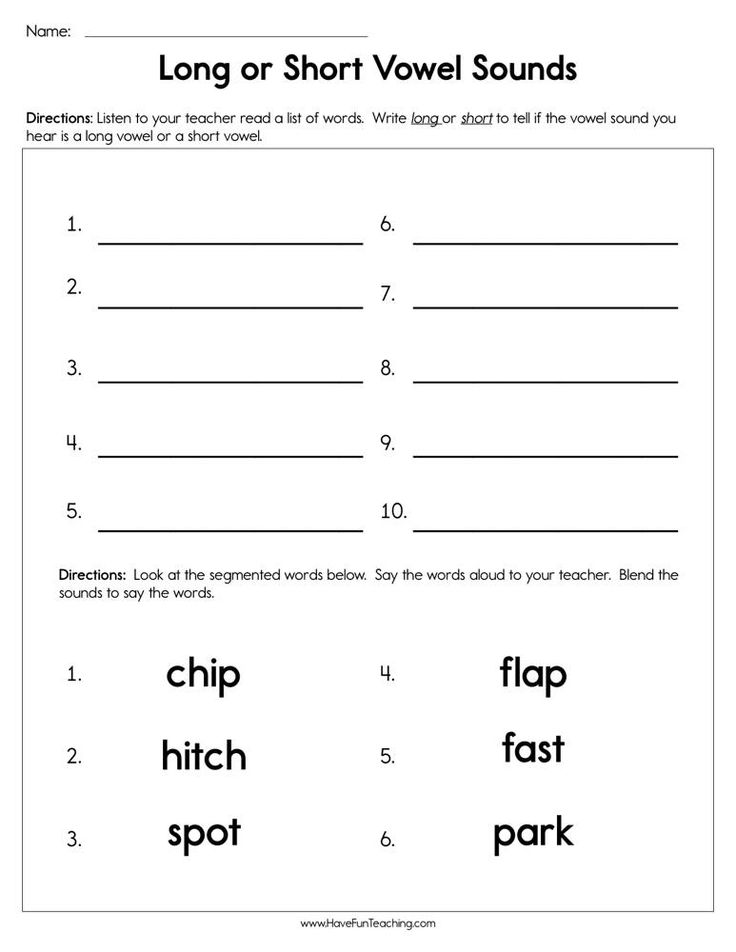
For example:- the ‘a’ in ‘fat’ and ‘e’ in ‘bed’ make short vowel sounds. While in ‘fate’ and ‘wheat’ they make the long vowel sounds.
So, based on where and the vowel is placed in a word, its length and sound can change. When teaching preschoolers to read, you must help them understand the rules for what sound the vowels make in different instances. Yes, short and long vowel sounds for kids can be confusing at times. However, regular practice with them to recognize the distinctions will help.
Rules to bear in mind while learning short and long vowel sounds
Here are some basic rules to help you introduce short and long vowel words for preschoolers. Do remember that rules have exceptions too.
Rule No.
Vowel Position
Vowel Sound
Examples
1.
When a word has only one vowel and ends with a consonant
Vowel makes a short sound
‘a’ in ‘jam’
‘e’ in ‘west’
‘o’ in ‘hot’
‘i’ in ‘fish’
‘u’ in ‘cup’
2.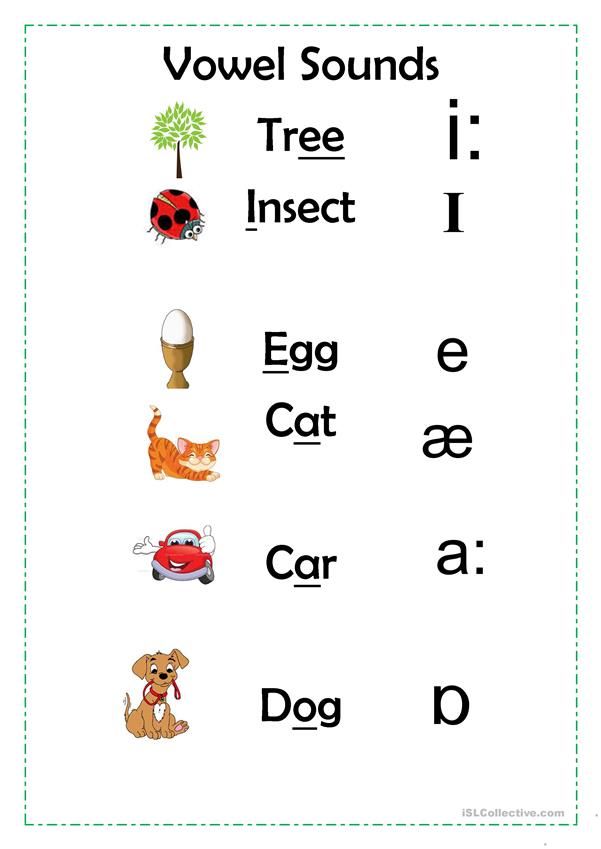
When a word has two vowels separated by two or more letters
The first vowel makes a short sound
as in ‘apple’
as in ‘octopus’
as in ‘basket’
as in ‘elephant’
as in ‘umbrella’
3.
When a word ends with the letter ‘e’ (magic ‘e’/ silent ‘e’)
The first vowel makes a long sound
‘cap’ becomes ‘cape’
‘kit’ becomes ‘kite’
‘tub’ becomes ‘tube’
as in ‘game’
as in ‘time’
4.
When a word has two vowels walking together the first one does
the talking
The first vowel makes a long sound
The second vowel remains silent
as in ‘tie’
as in ‘boat’
as in ‘rain’
as in ‘value’
as in ‘feet’
Here's a long and short vowel sounds list: few more examples
Vowel
Short Vowel
Long Vowel
Aa
‘fat’, ‘map’, ‘hand’, ‘lamp’, ‘glass’
‘fate’, ‘pain’, ‘game’, ‘mail’, ‘whale’
Ee
‘egg’, ‘red’, ‘nest’, ‘bell’, ‘smell’
‘ear’, ‘sea’, ‘heal’, ‘weak’, ‘three’
Ii
‘pig’, ‘rib’, ‘fist’, ‘milk’, ‘swim’
‘hide’, ‘tile’, ‘lime’, ‘wipe’, ‘prize’
Oo
‘fox’, ‘hop’, ‘rod’, ‘drop’, ‘pond’
‘road’, ‘goat’, ‘bone’, ‘note’, ‘roast’
Uu
‘bud’, ‘gun’, ‘hug’, ‘dump’, ‘puff’
‘rule’, ‘true’, ‘dune’, ‘flute’, ‘fruit
Ways to teach short and long vowel soundsHere are some simple long and short vowel activities to introduce and practice the vowel sounds with your kids.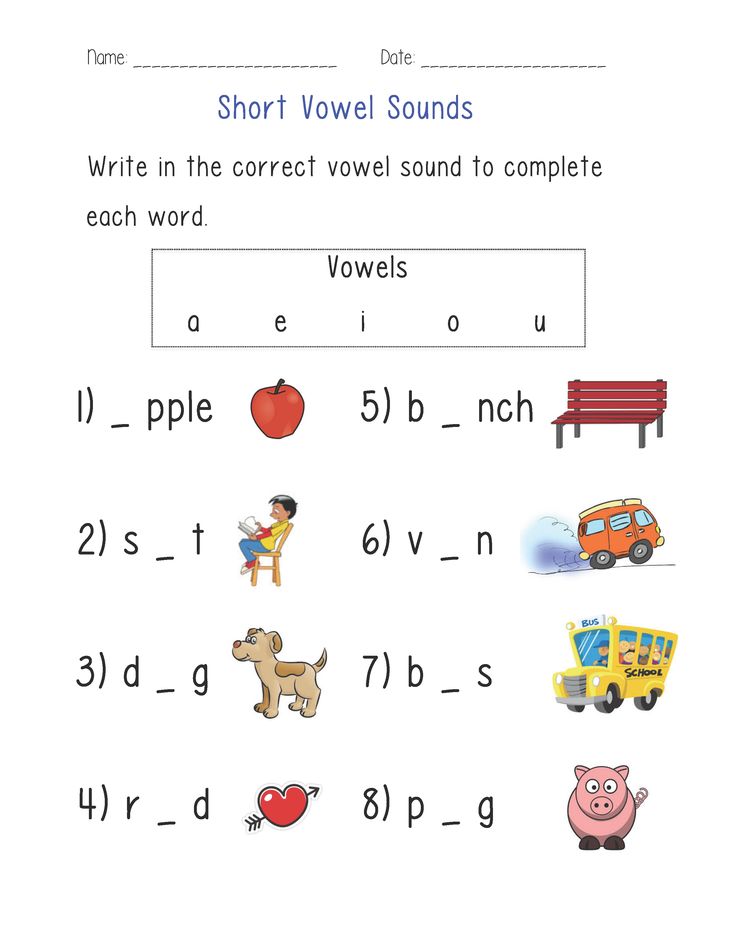
- Fun with Songs
Learning the different vowel sounds can be more fun with songs. They are one of the best ways to teach short and long vowel sounds, as their catchy rhythms can help kids learn vowel sounds and remember them easily. Check out Kutuki’s ‘Short and Long Vowel Song’ . This song is great for kids learning short and long vowel sounds.
For more such fun and engaging songs, download the Kutuki kids learning app now!
- Use hand motions or movements
Use simple gestures for every vowel. This can help kids associate the vowels with the motions and the sound they are making. In addition to working on their muscle memory, the kinesthetic activity makes learning more engaging for kids. For instance, have your child bend their knees when they hear a short vowel sound. For a long vowel sound, ask them to jump up and clap.
- Mark the vowels
It is useful to place a mark on top of the vowels. It indicates the vowel sound to be used. For instance, a short vowel sound is indicated by a curved symbol above the vowel-like ‘ă’ in ‘măn’. While a long vowel sound is represented by a small horizontal line above it, like ‘ā’ in ‘māin’. Such symbols will reinforce your kid’s ability to recognize and use the appropriate vowel sound effectively.
It indicates the vowel sound to be used. For instance, a short vowel sound is indicated by a curved symbol above the vowel-like ‘ă’ in ‘măn’. While a long vowel sound is represented by a small horizontal line above it, like ‘ā’ in ‘māin’. Such symbols will reinforce your kid’s ability to recognize and use the appropriate vowel sound effectively.
- Create Practice Sheets
Have your child practice the short and long vowel sounds using activity sheets. These help kids recognize, understand, and distinguish words with a long vowel sound from those with a short vowel sound.
Please Note: These worksheets are subject to copyright. They are exclusively available only for students enrolled in Kutuki’s Phonics Program.
Kutuki’s Live Phonics Program has an extensive collection of such worksheets. For instance, one such activity has kids circle given pictures that match the vowel sound. While another, have them add magic ‘e’ to the given word and match the word with the right image.
These are just a few activities to help you get started with short and long vowel sounds for preschoolers. If your child is struggling to learn vowel sounds, do not stress or overwhelm the child about it. Remember, every child learns at their own pace!
If you are looking for expert guidance on phonics for your child, enroll in Kutuki’s Live Phonics Program today. 1000s of students have become active readers. Your child could too! The Kutuki kids learning app offers interactive stories, engaging rhymes, and games with attractive animations and illustrations to meet the learning needs of preschoolers
Long and short vowels in English
Longitude is one of the characteristics of a vowel sound, which shows the relative duration of its sound compared to other sounds.
Longitude can be positional and phonemic. In the first case, the duration of the vowel depends on the position in the word and stress, while this characteristic does not affect the meaning. The phonemic length of a vowel has a semantic function, that is, depending on the length of the sound, the meaning of the word changes.
Length of vowel sounds in English
In Russian, the length of vowel sounds does not affect the meaning of words and changes only depending on stress. In English, vowels differ not only in positional but also in phonemic length. This means that long and short sounds, similar in other characteristics, represent different phonemes. Words that differ only in these phonemes have different meanings: ship - sheep , fit - feet , pull - pool . Therefore, it is so important to pronounce long and short sounds correctly.
In transcription, long vowels are indicated with a colon: [i:], [α:], [ɔ:], [u:], [ә:]. In some cases, long vowels in an unstressed position are reduced and become semi-long, which in transcription is indicated by one dot from above: [α ].
The long vowels listed above are opposed to short vowels, forming the following pairs in English:
- [i:] - [ı]
- [uː] - [u]
- [ɔ:] - [ɒ]
- [α:] - [ʌ]
- [ә:] - [ə]
The pronunciation of long and short English vowels often causes difficulties for Russian learners of English, since in Russian vowels do not have phonemic longitude, and we are not used to distinguishing the length of a vowel sound by ear.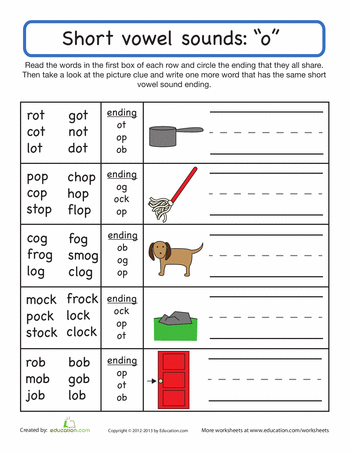 We often do not hear the difference between long and short vowels when listening to English speech. It is still not clear how long you need to draw a sound when speaking, so very unnatural, or almost inaudible, or too long vowels are obtained. It is impossible to correctly pronounce short and long sounds so that a native speaker hears the difference, even if you diligently shorten short vowels and stretch out long ones.
We often do not hear the difference between long and short vowels when listening to English speech. It is still not clear how long you need to draw a sound when speaking, so very unnatural, or almost inaudible, or too long vowels are obtained. It is impossible to correctly pronounce short and long sounds so that a native speaker hears the difference, even if you diligently shorten short vowels and stretch out long ones.
Sometimes it seems that native speakers themselves do not know the difference between short and long sounds, they seem to pronounce them the same way - but they themselves understand each other. But it's not. Let's see what are the differences between long and short English vowels, how to learn to hear them and how to train their pronunciation.
Differences between long and short English sounds
It is logical to assume that if vowels are called long or short, they differ in sound length. This is the main difference between them, but not the only one. It is important to understand that long and short sounds have other differences, which consist in articulatory features. This means that the sounds are not just of different lengths, they are also different in sound. And most often it is these articulatory features that determine the length of the vowel sound: the duration of the sound depends on the position of the tongue and the tension of the vocal apparatus.
It is important to understand that long and short sounds have other differences, which consist in articulatory features. This means that the sounds are not just of different lengths, they are also different in sound. And most often it is these articulatory features that determine the length of the vowel sound: the duration of the sound depends on the position of the tongue and the tension of the vocal apparatus.
Long and short English vowels differ in such a characteristic as tension. Long vowels are tense, in English they are also called tense . When they are pronounced, the root of the tongue seems to be tense, under tension. The sound is pronounced, bright, rich, clear.
Short vowels are called lax – relaxed. The tongue in the region of the root is relaxed, the vowel sound is articulated quickly, easily, without additional effort, as if bursting. It turns out short, inconspicuous, faded and fuzzy.
Qualitative differences in sounds in different pairs of English vowels range from pronounced to almost imperceptible.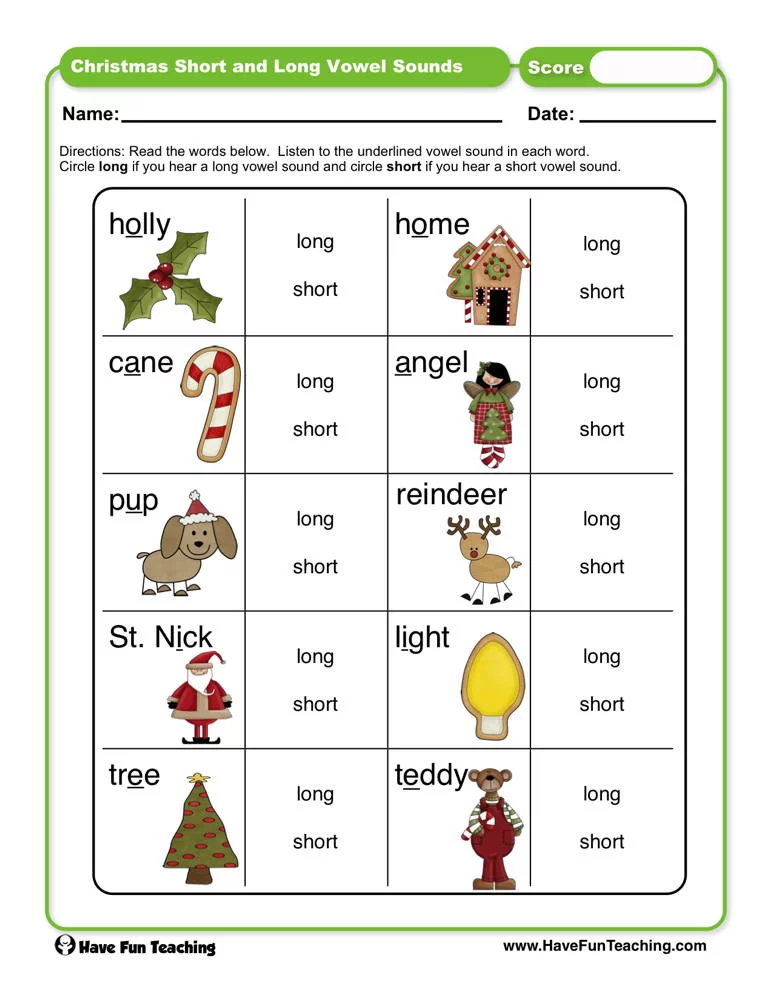 It is easy to notice the difference between long and short sounds a: pay attention to how the words cart and cut are pronounced, they differ not only in duration, but also in sound. But the differences between long and short u are almost imperceptible: pool and pull sound very similar, only slightly different in length. The Scots generally pronounce them the same way, differing only in context.
It is easy to notice the difference between long and short sounds a: pay attention to how the words cart and cut are pronounced, they differ not only in duration, but also in sound. But the differences between long and short u are almost imperceptible: pool and pull sound very similar, only slightly different in length. The Scots generally pronounce them the same way, differing only in context.
In addition, the duration of the pronunciation of vowels is also affected by positional longitude - for example, stressed or unstressed position in a word. As a result, a short vowel sound in one word may sound longer than a long sound in another word.
Thus, it is not enough to rely only on the subjective duration of a vowel sound. All the features of short and long vowels described above must be taken into account when learning English. It remains to understand how to master the pronunciation of long and short sounds in practice.
How to learn to pronounce long and short English vowels
The main mistake foreigners make when pronouncing long and short English sounds is focusing only on duration.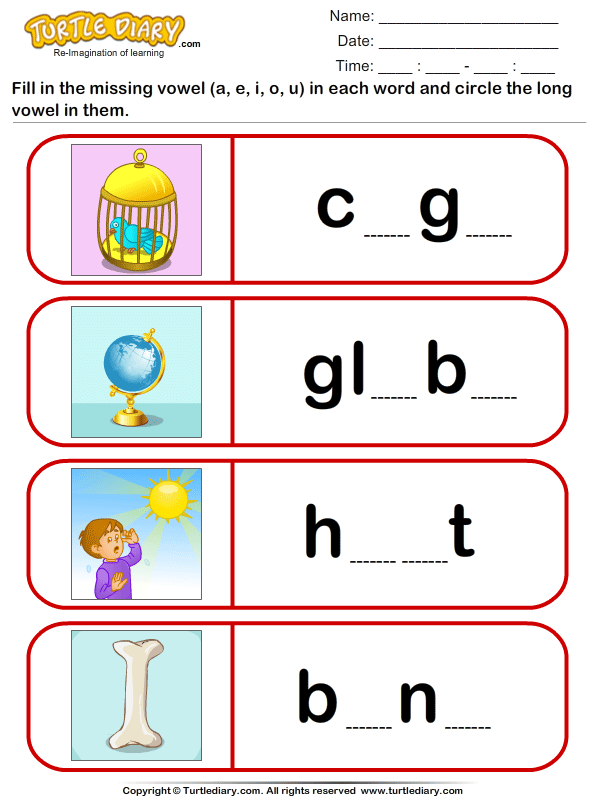 But with this approach, it is intuitively incomprehensible where the boundary between a long and a short sound passes: you can’t measure the length of a sound with a stopwatch. When trying to artificially lengthen or shorten a vowel, the sounds are unnaturally short or drawn out.
But with this approach, it is intuitively incomprehensible where the boundary between a long and a short sound passes: you can’t measure the length of a sound with a stopwatch. When trying to artificially lengthen or shorten a vowel, the sounds are unnaturally short or drawn out.
To learn how to pronounce long and short English sounds, you need to forget about the usual terminology "long" and "short". Try not to think about the duration of the sound at all. To correctly pronounce long and short vowels, you need to focus on their articulation, and not on duration. If we correctly reproduce the pronunciation of the vowel, then the duration will turn out to be correct automatically. Remember that long vowels require more tension at the root of the tongue, while short ones are pronounced without additional effort, easily and without tension.
Pay attention to how native speakers pronounce vowels - don't watch how long they draw them out, but watch the pronunciation, the articulation, the quality of the sound.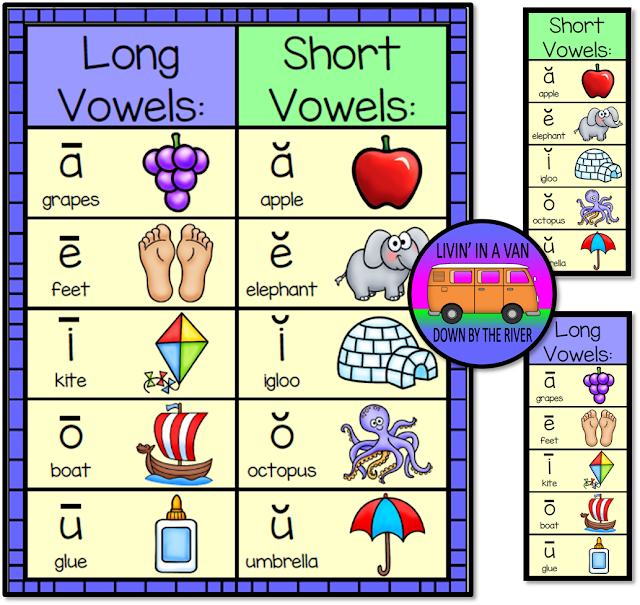 Repeat, imitate, practice. For practice, it is best to use video lessons or a conversation with a native speaker, since audio materials do not make it possible to see articulation.
Repeat, imitate, practice. For practice, it is best to use video lessons or a conversation with a native speaker, since audio materials do not make it possible to see articulation.
It is best to train long and short sounds not separately, but as part of words. First, this way you will note the influence of positional longitude on the duration of the sound in specific examples. Secondly, just as words are best learned in context, sounds are also best learned in the environment.
Practice pronunciation of long and short vowels in pairs of words to notice the difference between sounds, for example:
- Sport – hot
- Arm-cut
- See-hit
- Food-put
- Fur – ago
When you learn how to pronounce long and short vowels correctly in English, it will become easy to distinguish between them in speech. When listening to speech, forget about the differences in duration, pay attention to the qualitative differences in sounds - how intensely the vowel is pronounced, how bright or faded it sounds, how pairs of sounds differ from each other, except for duration.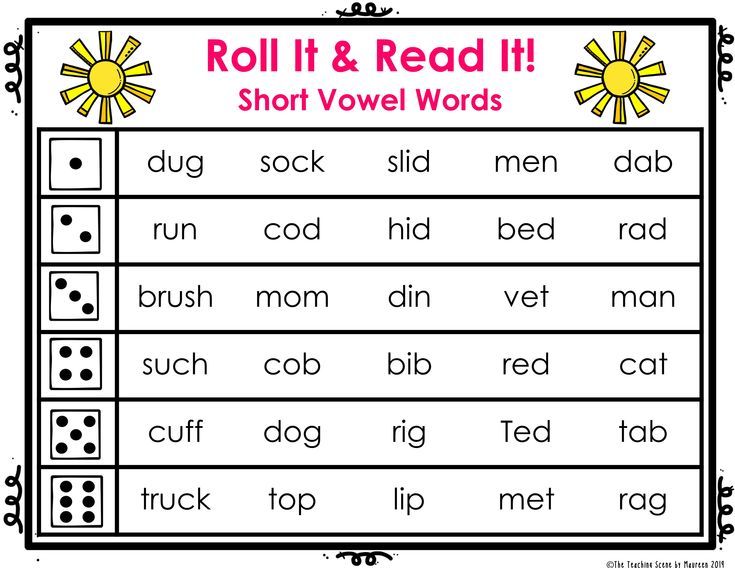
Sounds in English: pronunciation, transcription 🗣️
It happens that you speak English with a foreigner, but he does not understand you. And then you find out that the letter “a” alone can be pronounced in six different ways. We understand English sounds in order to sound correctly and speak the same language with foreigners.
In English, the number of words that are not pronounced at all as they are written is very high - this is the result of historical changes and the standardization of written English in the 17th century. Knowing how English sounds are read, you can almost always read even the most intricate word.
The English alphabet has 26 letters, 20 vowels and 23 consonants. The more you delve into the English language, the more difficult words you will meet along the way. The science of phonetics will come in handy here, just in time. And we will share life hacks on the study of this topic.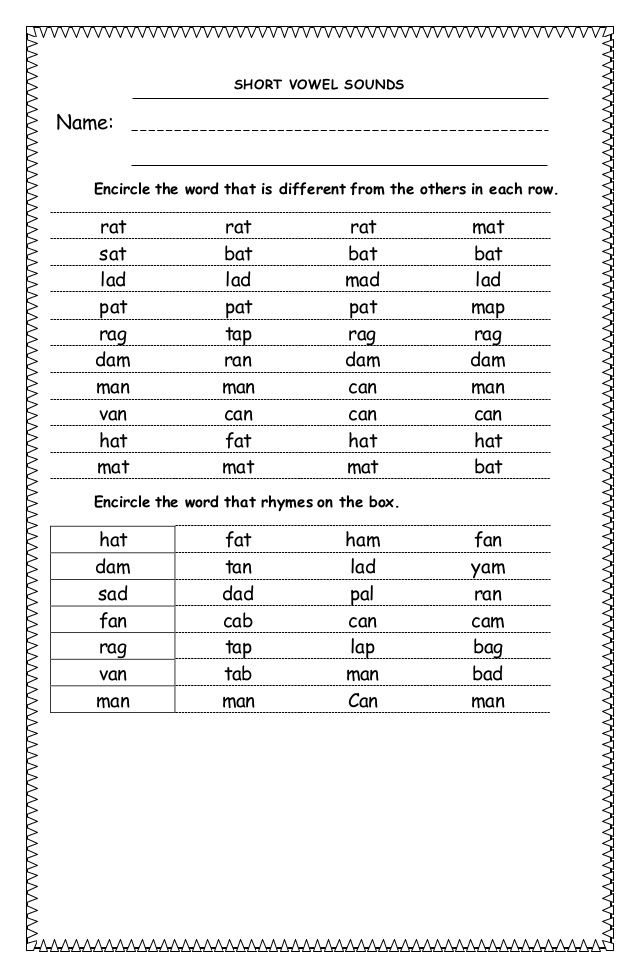
Transcription of English sounds
In order to study all possible variations of sounds, linguists have developed an alphabet that contains special characters. This alphabet was called International Phonetic Alphabet (International Phonetic Alphabet).
It is these characters that are used in modern transcriptions of English words. Transcription, by the way, is a graphic representation of sounds. Indicate the transcription in square brackets.
Let's look at the examples below how one letter can be read in two different ways. The difference in pronunciation can depend on the type of syllable, the position of the letter in the word, and whether the vowel is stressed.
- In the word type (print/type), the letter y is in an open syllable and therefore reads as [aɪ].
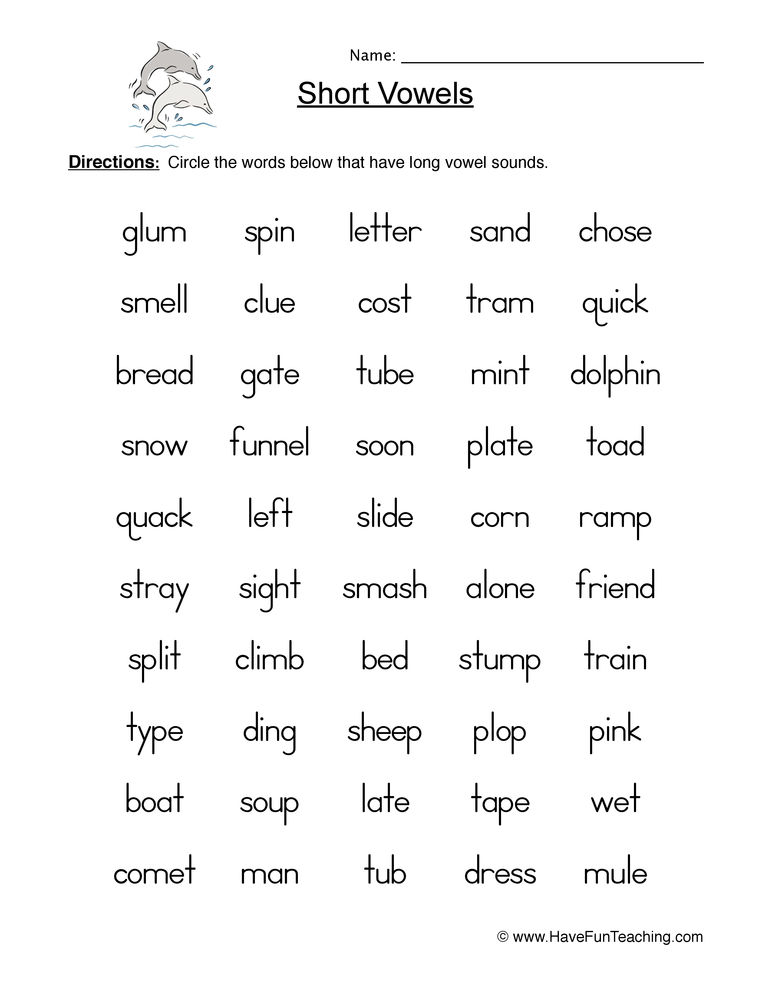
- In the word copy (copy / copy), the letter y is in an unstressed syllable at the end of the word and therefore reads like [i].
However, it is worth trying to learn the pronunciation of sounds and various combinations of sounds. There is no division into short and long consonants in Russian. In English, the incorrect pronunciation of such vowels leads to significant changes in the meaning of the word.
So, for example, confusing the short and long sound [i] (read as “and” in the Russian word “game”), you can accidentally say “I boarded a sheep” - I boarded a sheep [ʃ iː p], not "I boarded a ship" - I boarded a ship [ʃ ɪ p].
English proficiency test
This English proficiency test was compiled by the Skysmart online school tutors.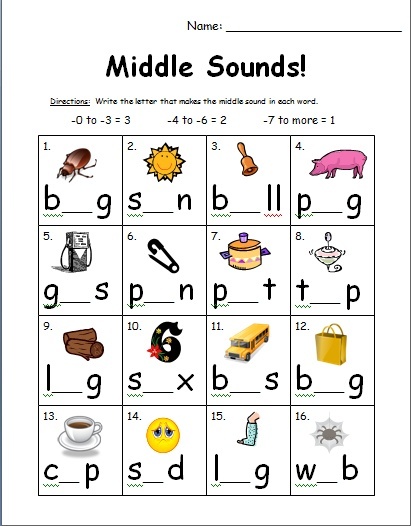 They prepared interesting and relevant tasks on modern topics to make the test both useful and interesting
They prepared interesting and relevant tasks on modern topics to make the test both useful and interesting
General Table of English Consonants and Vowels (IPA)
Below is a table of all known English phonemes. The vowels are in the gray area and the consonants are in the yellow area. Short and long vowels are indicated on a light gray background, and diphthongs - sounds consisting of two elements - are located on a dark gray background.
All consonants are located on a yellow background and differ in font color. Voiceless consonants ( voiceless/unvoiced ) are marked in gray, and voiced ones ( voiced ) - black.
How many English words do you already know?
Let's define your vocabulary - without complex questions and with the help of smart algorithms.
Classification of sounds in English
In English, sounds are divided into two groups: vowels and consonants.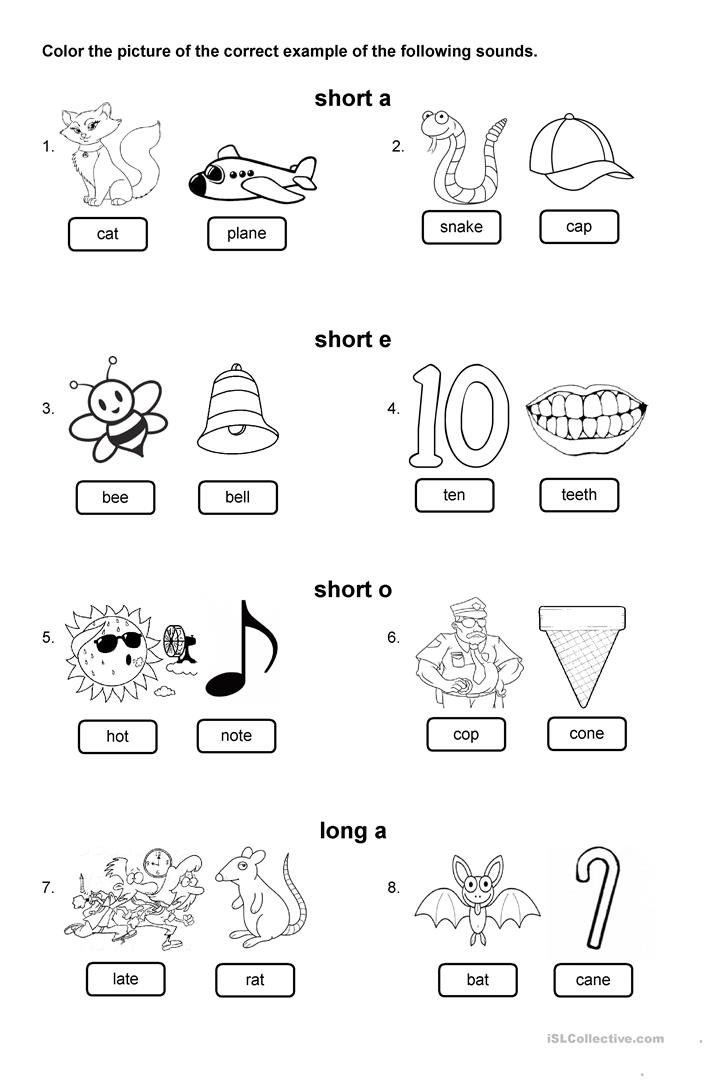 Let's take a look at them.
Let's take a look at them.
Another effective way to quickly memorize English sounds is to sign up for English lessons for children 8 years old online at Skysmart School.
Vowel sounds of the English language
From the school curriculum of the Russian language, we remember that the main characteristic of vowel sounds is their melodiousness. This is due to the fact that when pronouncing a vowel sound, the air passing through the vocal cords vibrates and the sound freely leaves the oral cavity without encountering any obstacles in its path. Here is the rule for pronunciation of vowels:
| Vowel | IPA | Word examples | Vowel | IPA | Word examples |
| /a/ | æ | c a t | /oo/ | - | l oo k, w ou ld, p u t |
| /e/ | and | p e g, br ea d | /ar/ | ɑ: | c ar t, f a st (regional) |
| /i/ | ɪ | p i g , g i ve | /ur/ | ɜ: | b ur n, f ir st, t er m, h ear d, w or k |
| /o/ | ɒ | l o g, w a nt | /au/ | ɔ: | t or n, d oor , w ar n, h au l, l aw , c a ll |
| /u/ | - | pl u g, l o ve | /er/ | ə | wood e n, circ u s, sist er |
| /ae/ | eɪ | p ai n, d ay , g a t e , st a tion | /ow/ | a' | d ow n, sh ou t |
| /ee/ | i: | sw ee t, h ea t, th ie f, th e s e | /oi/ | ɔɪ | c oi n, b oy |
| /ie/ | aɪ | tr ie d, l igh t, m y , shin e , m i nd | /air/ | eə | st air s, b ear , h are |
| /oe/ | or | r oa d, bl ow , b o ne, c o ld | /ear/ | ɪə | f ear , b eer , h ere |
| /ue/ | u: | m oo n, bl ue , gr ew , t u ne | /ure/ | ʊə | p ure , c u re |
Demo lesson in English
Let's determine the level and set a goal, and then we will teach you to speak English fluently.